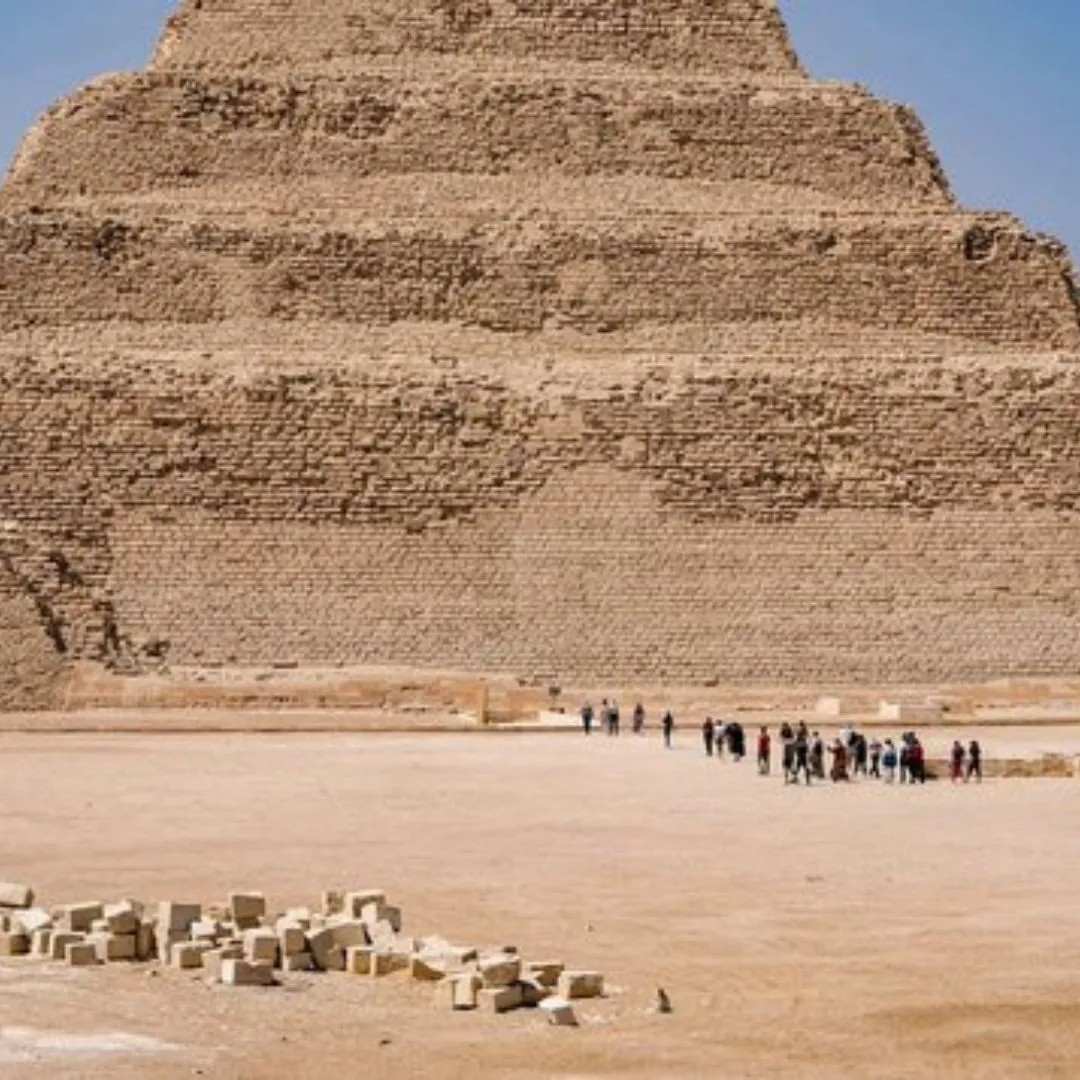The ancient Egyptians, renowned for their architectural marvels, may have been more advanced than previously thought. Recent studies suggest that Egypt’s oldest pyramid, the Step Pyramid of Djoser, could have been constructed using an early form of hydraulic lift technology. This groundbreaking theory proposes that the ancient builders utilized water pressure to elevate massive stone blocks, revolutionizing our understanding of how these colossal structures were erected.
Traditionally, it has been believed that the ancient Egyptians relied solely on manual labor, ramps, and basic tools to construct their monumental pyramids. However, the hypothesis of hydraulic lift technology introduces a radically different narrative. According to this theory, the Egyptians might have constructed water-filled channels and chambers within the pyramid’s base. By controlling the water levels, they could generate enough force to lift the heavy stone blocks, which were then maneuvered into place. This method would have significantly reduced the physical strain on workers and allowed for more precise placement of the stones.
The potential use of hydraulic technology in ancient Egypt not only showcases the ingenuity of their engineers but also suggests that they possessed a deep understanding of fluid mechanics. This revelation aligns with other evidence of advanced technology in ancient civilizations, indicating that our ancestors may have had access to complex engineering principles far earlier than previously assumed. If this theory holds true, it could transform our understanding of ancient construction techniques and the technological capabilities of early human societies.
While more research and archaeological evidence are needed to confirm the use of hydraulic lifts in pyramid construction, the possibility alone is astonishing. It challenges the traditional narrative of ancient engineering as a purely manual endeavor and opens up new avenues for exploring the innovative methods employed by ancient cultures. As we continue to uncover the mysteries of the past, discoveries like these remind us that human ingenuity has always been a driving force in shaping our world, pushing the boundaries of what is possible.









